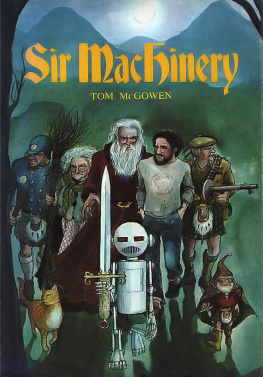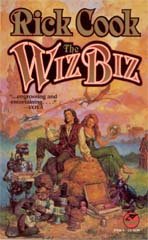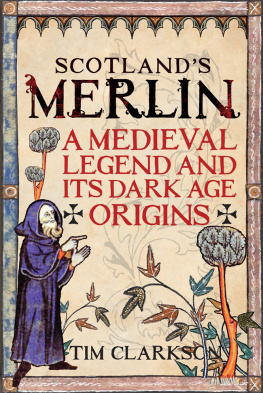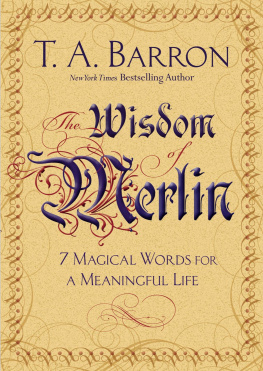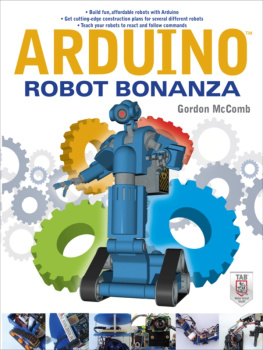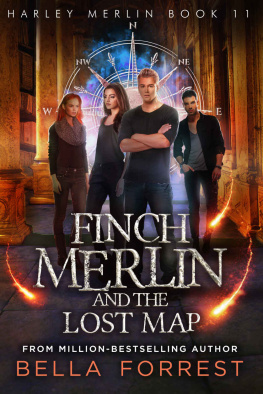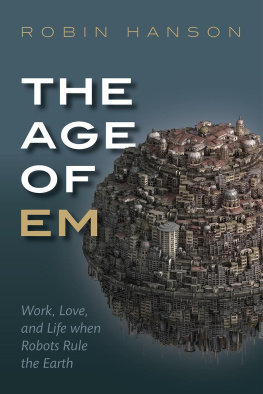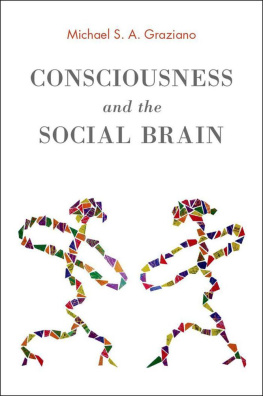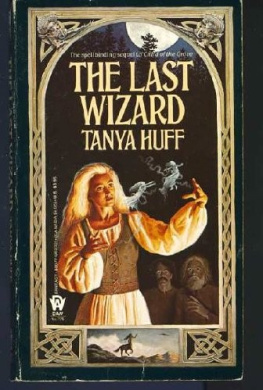Tom McGowen - Sir Machinery
Here you can read online Tom McGowen - Sir Machinery full text of the book (entire story) in english for free. Download pdf and epub, get meaning, cover and reviews about this ebook. year: 1970, publisher: Follett, genre: Art / Romance novel. Description of the work, (preface) as well as reviews are available. Best literature library LitArk.com created for fans of good reading and offers a wide selection of genres:
Romance novel
Science fiction
Adventure
Detective
Science
History
Home and family
Prose
Art
Politics
Computer
Non-fiction
Religion
Business
Children
Humor
Choose a favorite category and find really read worthwhile books. Enjoy immersion in the world of imagination, feel the emotions of the characters or learn something new for yourself, make an fascinating discovery.
- Book:Sir Machinery
- Author:
- Publisher:Follett
- Genre:
- Year:1970
- Rating:3 / 5
- Favourites:Add to favourites
- Your mark:
- 60
- 1
- 2
- 3
- 4
- 5
Sir Machinery: summary, description and annotation
We offer to read an annotation, description, summary or preface (depends on what the author of the book "Sir Machinery" wrote himself). If you haven't found the necessary information about the book — write in the comments, we will try to find it.
Sir Machinery — read online for free the complete book (whole text) full work
Below is the text of the book, divided by pages. System saving the place of the last page read, allows you to conveniently read the book "Sir Machinery" online for free, without having to search again every time where you left off. Put a bookmark, and you can go to the page where you finished reading at any time.
Font size:
Interval:
Bookmark:
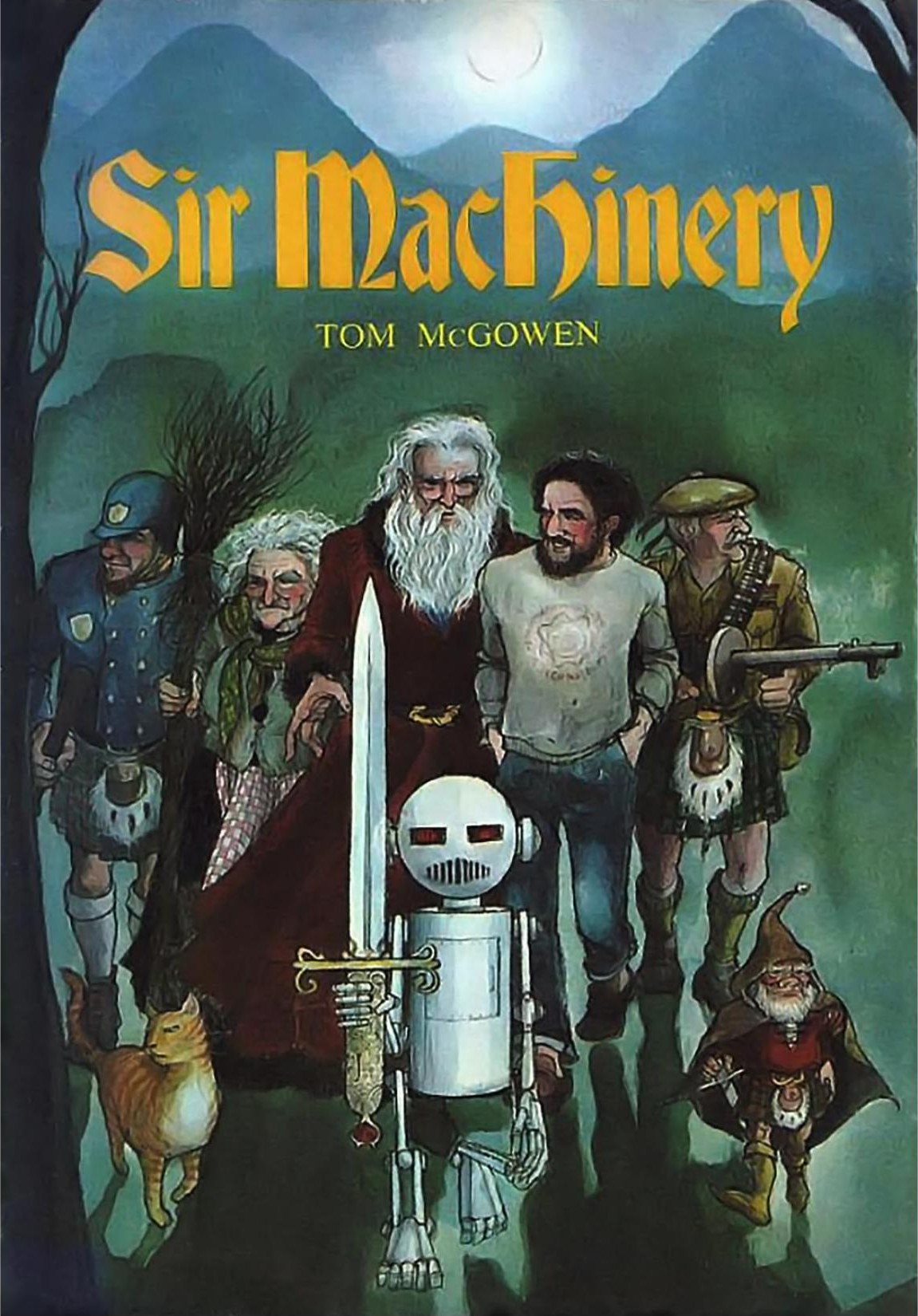
WEEKLY READER CHILDRENS BOOK CLUB PRESENTS




ISBN 0-695-40167-X Titan binding
ISBN 0-695-80167-8 Trade binding
Library of Congress Catalog Card Number: 78-118965
Weekly Reader Childrens Book Club Edition
ALAN,
who taught me the true meaning of science,
and to my daughter,
GAYLE,
who shares my fondness for fantasy.

In the northern part of Scotland, past the valley that is known as the Great Glen, the land sweeps away toward the sea in wild and wonderful desolation. Here are the oldest mountains in Europegrim, gray, towering cliffs, crags, and crannies with names such as Canisp, Suilven, and Stac Polly. On their slopes, twisted trees lean against the wind, and great clumps of gorse bush shudder at the onslaught of the gales that rush down from the Arctic Circle. In the few flat places are patches of forest where black green pine trees have grown uncut and unvisited for a thousand years and more. For the people in this region are few, and few they have been since the very beginning of things.
All of Scotland is well steeped in legend, but this bit of land is thick with strange tales. Here, it is said, is the abode of the wee, dark people, and of the green men and the seal folk, as well as of brownies and animals most strange to see. There are glades in the woods on the mountainsides where the devil himself comes to dance with witches on All Hallows Een. There are rings of black boulders called cromlechs, and piles of black stones called cairns, and it is wise to avoid both after sundown. Giants walk in these parts, too, and their huge footprints have been seen in patches of snow by many sober and serious men. There are any number of old and ruined abbeys, castles, and cottages filled with ghosts, moanings, groanings, and clanking of chains.
Probably the least haunted and most modern of all the castles in the area was the one which squatted at the top of a small hill called Auld Clootie, which rose above the tiny village of Strathgow. The castle had been built in the sixteenth century and was the ancestral home of the Earls of Strathgow, who had lived in it until well into modern times. But earls, like kings, dukes and noblemen of all ranks, had gone out of fashion by the early days of the twentieth century, and most of them had to give up their old castles and manor houses to go out into the world to find jobs. The last Earl of Strathgow had left Scotland in 1936, and the castle had stood deserted, and presumably haunted, ever since. Until the strange American millionaire rented it.
He wasnt really a millionaire but he was an American, and to the people of Strathgow that was the same thing. He came bumping up the old road into town in an American automobile that was the biggest car ever seen in that part of Scotland. The seats and trunk of the car were filled with boxes marked FRAGILE and MACHINERY. He stopped the first villager he happened to encounter, Mr. Darling, the tavern keeper, and asked the whereabouts of the chief of police. Mr. Darling and the large crowd which had collected finally decided that he meant the chief constable, so they took him to the home of Jock Wier, the town constable and sole law officer. The American introduced himself as Simon Smith and showed Constable Wier some papers which proved that he had rented Strathgow castle and was entitled to live in it. Then he drove on up the old cart road that wound to the top of Auld Clootie.
In the following weeks, trucks from such far-off places as Glasgow and Edinburgh drove into the town and up to the castle. Like Simon Smiths automobile, these trucks were piled high with large and small wooden boxes, through the slats of which the peering villagers could see gleams of glass and glints of metal. And the people of Strathgow began to wonder what all these boxes of machinery might be for, and why a rich American would want to seclude himself in an old, uncomfortable, presumably haunted castle. In a village where practically nothing exciting ever happened, this became a mammoth mystery.
It was the chief topic of conversation among the men who met at Mr. Darlings pub each evening. Hunched over tankards of beer, they frowned in concentration, trying to arrive at a logical but suitably interesting conclusion. Finally, Mr. Darling was able to shed some light on the matter. He told how a search for his lost dog had led him to the castle on a previous evening. Mr. Darlings dog was twelve years old and never left his sleeping place beside the fire, but by silent, mutual consent, the listening men did not bring up this point. Thinking that the dog might have wandered into the castle, said Mr. Darling, but not wishing to disturb Mr. Smith, he had found a lighted window and peered into it. This had not been very easy, as the window was some ten feet above ground level and Mr. Darling had had to climb up a drainpipe to reach it. He had seen a large room, littered with open and empty wooden boxes. In the center of the room stood a massive table upon which lay a glittering apparatus, and over this Simon Smith had been hunched in feverish concentration. There had been no sign of the dog, Mr. Darling hastened to add.
At this point, Mr. Edward Small, a retired Sergeant Major of a famous Scottish regiment spoke up. I passed there the other night, too, and I heard a most curious noise. A buzzing like, it was.
The men considered these items of information thoughtfully. Och, he must be a scientist, Mr. McMurdoch the butcher announced with awe. Hes inventing something up there.
Tis a monster hes making, declared old Ritchie McMullin, who was fond of American horror movies. You wait. Itll be comin doon from the castle any night now, seven feet tall, wi a great, green face and a thirst for human blood! He shivered happily and dunked his walruslike mustache into a tankard of ale.
Actually, both Mr. McMurdoch and old Ritchie were pretty close to being right. Simon Smith was a physicist, which is one kind of scientist, and he was making a sort of monster. But it wasnt seven feet tall with a great, green faceit was exactly three feet two inches tall and it was silver, all over. It was a robot.
The dictionary says that a robot is a machine in the form of a human being that performs the mechanical functions of a human being but lacks emotions and sensitivity. But that is not the most complete explanation. Any number of machines designed to do various kinds of work could be put into manlike bodies, but they would not really be robots. A real robot would be a machine that could think just as a human being does. It would be a machine with a brain and the ability to act as the brain directed italmost a
Next pageFont size:
Interval:
Bookmark:
Similar books «Sir Machinery»
Look at similar books to Sir Machinery. We have selected literature similar in name and meaning in the hope of providing readers with more options to find new, interesting, not yet read works.
Discussion, reviews of the book Sir Machinery and just readers' own opinions. Leave your comments, write what you think about the work, its meaning or the main characters. Specify what exactly you liked and what you didn't like, and why you think so.

